The U.S. Patent and Trademark Office on Thursday published an Apple patent describing a method of implanting ions in a sapphire display structure, strengthening the already hard material without using chemical treatments.
As noted in Apple's "Sapphire property modification through ion implantation" patent filing, traditional chemical strengthening techniques used on glass screens may not be effective when applied to other materials such as sapphire.
Thus, Apple proposes a new hardening method of impregnating the crystalline lattice structure of corundum, of which sapphire is a variety, with ions to create a compressive stress layer that enhances stability.
The invention points out that when a sapphire structure fails or breaks, it's usually the result of propagations of surface flaws when the component is put under stress. To prevent against cracks during a drop event, Apple's ion implantation method embeds ions within the sapphire substrate, either between existing crystal lattice sites or naturally occurring voids. In one embodiment, ions may be embedded so as to form an amorphous, or non-crystalline, section within the sapphire substructure.
A variety of technologies can be employed in the ion embedding procedure, including high energy implantation, ion accelerators, plasma immersion techniques, pumping systems and electrical deposition methods, among others. Also variable is the size of implanted ions, their depth and concentration.
In some cases, the strengthening procedure may result in localized tinting of the sapphire material. As coloration is undesirable for a device display, Apple proposes using ions like iron or titanium that would create a specific color, such as black, to intentionally create a masked area. For example, the blacked-out bezels seen on current iPhones would be achieved by embedding ions directly into the display glass instead of laying ink on the interior surface.
The filing goes into great detail on ion impregnation techniques, as well as the creation of selective compressive stress zones that help prevent cracks from propagating.
Apple's sapphire strengthening patent filing was first applied for in March 2013 and credits Dale N. Memering, Christopher D. Prest and Douglas Weber as its inventors.
 Mikey Campbell
Mikey Campbell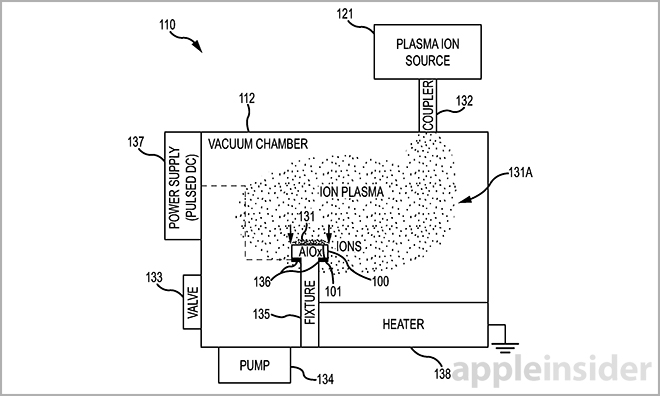
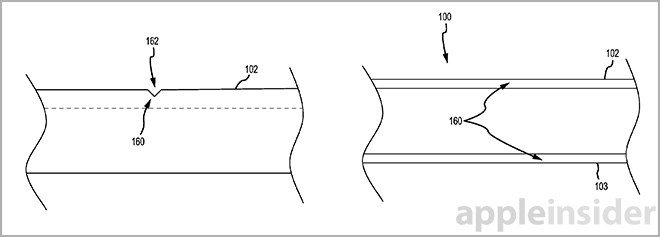
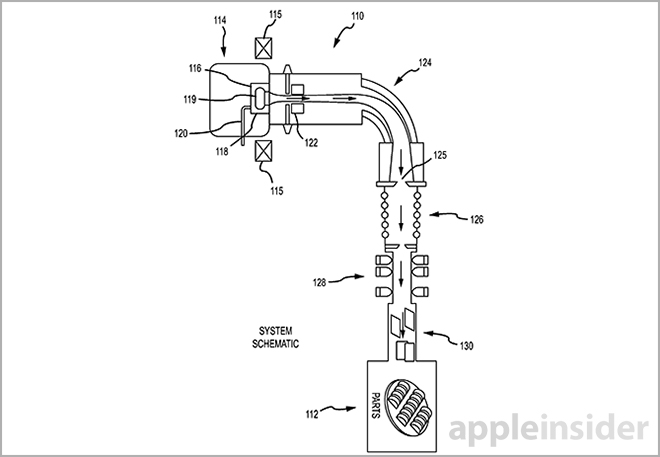







-m.jpg)






 Christine McKee
Christine McKee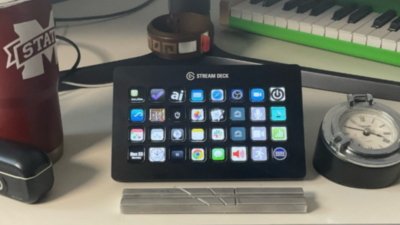
 William Gallagher
William Gallagher
 Amber Neely
Amber Neely
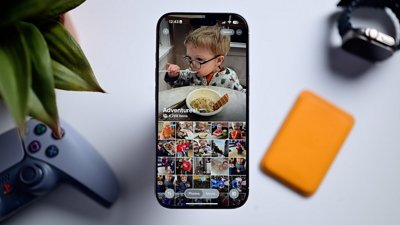
 Andrew O'Hara
Andrew O'Hara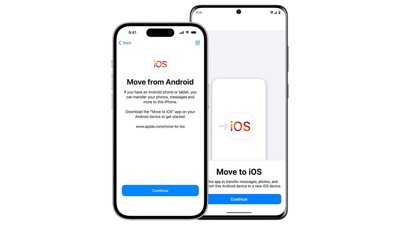

 Sponsored Content
Sponsored Content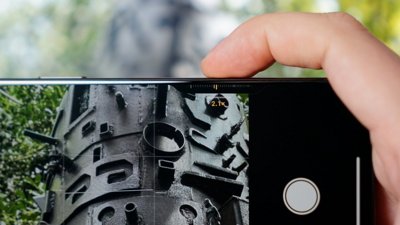
 Charles Martin
Charles Martin









26 Comments
By patenting the sapphire processes, it means that no one is simply going to make their own copy-cat screens the same way. Of course, patents can be invalidated. Process patents are harder to fight in court since they are concrete and real, not like software patents that are very abstract.
This describes old techniques used in materials science and semi-conductor R&D to control material strenghts, zone shaping, electrical band-gaps etc etc. Gem colorization by atomic impurities even happen spontaneously in nature. One such ex is ruby, which consists of chromium doped corrundum. I think Apple needs to be much more specific in their claims than what this article describes (and possibly also the patent application). -Not saying this to diz them, but rather to serve them the morning coffee. It's not enough to get the patent approved. They need to be able to defend it too, especially when put against prior art.
Is there any prior art in its application to sapphire glass?
Is there any prior art in its application to sapphire glass?
There is no such thing as sapphire glass. Just sapphire.
i wonder if we will hear another statement about why Gorilla Glass is better from Corning concerning this